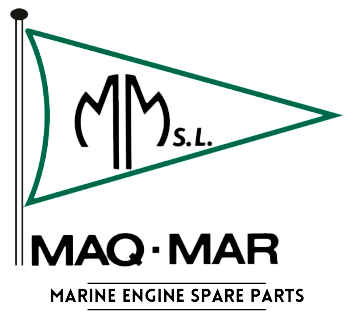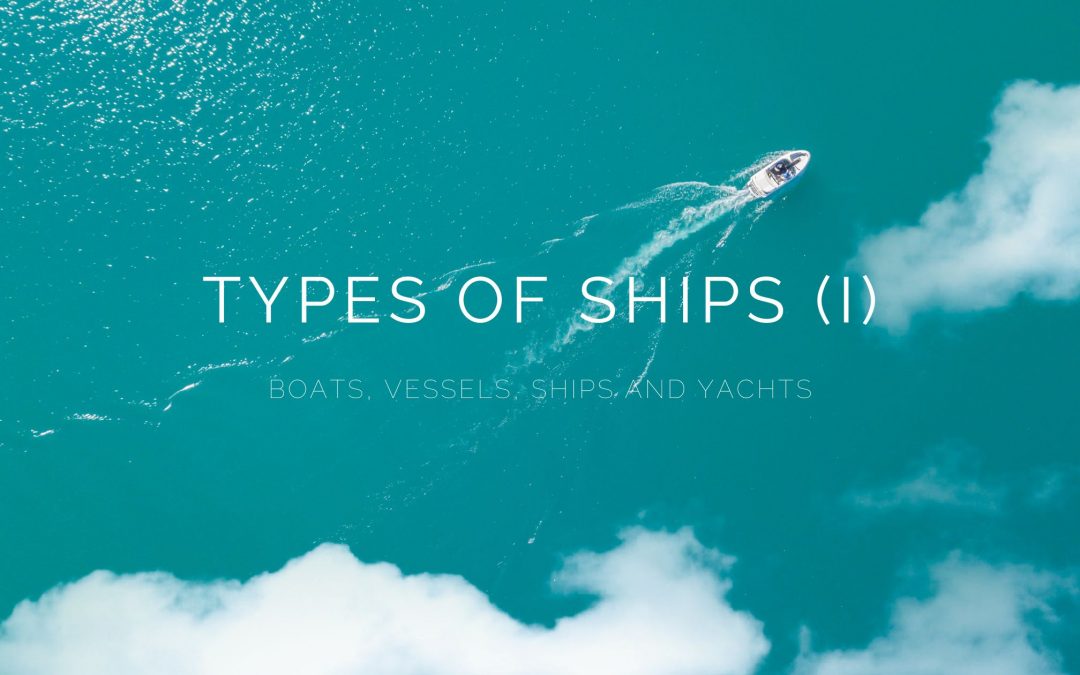What is a ship? How many types of ships are there on the market? How do they differ? In today’s post we answer these questions.
First of all, what is a ship?
Ship: floating object more than 2.5 meters in length.
In addition, ships can be classified according to their length:
- Boat: floating object with a maximum length of 2.5-24 meters.
- Vessel: floating object more than 24 meters in length.
- Yacht: floating object with a length of 10-24 meters.
- Large yacht: yacht 24-40 meters in length.
- Superyacht: yacht 40-60 meters in length.
- Megayacht: yacht over 60 meters in length.
Apart from the above classifications, there are others. We explain them below.
Types of recreational ships
There are different types of ships that differ in propulsion system, size and structure. There are 3 types of ships for recreational purposes: non-powered boats, sailboats and motorboats.
1.- Types of ships without propulsion
There are three types of ships that do not use automatic propulsion systems, but are driven by the use of paddles or oars: kayaks, gondolas and canoes.
- Kayaks: they are a type of canoe, moved by double paddles. They are rigid and inflatable.
- Gondolas: they are typical of Venice, used mainly as tourist attractions in cities with canals or rivers.
- Canoes: they are moved by single paddles.
2.- Types of sailing ships
- Dinghy sailing ships: they are small and can be easily transported.
- Regatta sailboats: they are light with original and aerodynamic designs.
- Sport sailboats: unlike dinghy sailing ships, they have a keel, their sails are wider and allow them to achieve greater momentum.
- Vintage sailboats: they tend to have relatively small dimensions and are designed for 24 – 48 hour sea excursions.
- Regatta sailboat/cruisers: they are a bit larger and heavier than the previous ones and usually have more aggressive and sporty designs.
- Recreational sailboats: they usually have enough space for 10 people or more and are used for sightseeing tours.
- Motorsailer: they have an engine installed at the rear of the ship that is usually used for most of the sailing time, since their sails are only used in ideal wind conditions.
- Cruising sailboats: they are large and designed for very long voyages. They are usually equipped with powerful engines. They have a large storage capacity for carrying provisions.
- Sailing yacht: they incorporate one or more engines to propel them over the water, but also have large sails to save fuel.
- Multihull sailboats: they offer more habitability than monohulls thanks to their generous space.
3.- Types of motor ships
- Auxiliaries: the most common are small inflatable boats with a low-power outboard motor that can be easily stowed and deployed.
- Jet skis: these are compact and lightweight with water jet propulsion.
- Open bow boat: their classic layout usually includes a V-shaped settee in the bow and seats in the cockpit. They usually have a powerful inboard engine.
- RIB boats: they have rigid hulls and inflatable floats with inboard or outboard engines.
- Cabin boats: they usually have an open cockpit and a closed bow where the cabin is located.
- Sport fishing ships: they have a raised bow that protects from waves and a stern with good buoyancy.
- Yachts: they have recreational purposes and are high-end. They can be sail or motor boats. The length is usually at least 10 meters, below this size they are considered cruisers.
Soon, we will explain to you the different types of vessels, which is the type of ship we most often supply our marine engines and spare parts to: container ships, tankers, etc.
See you next post!


Recent Comments